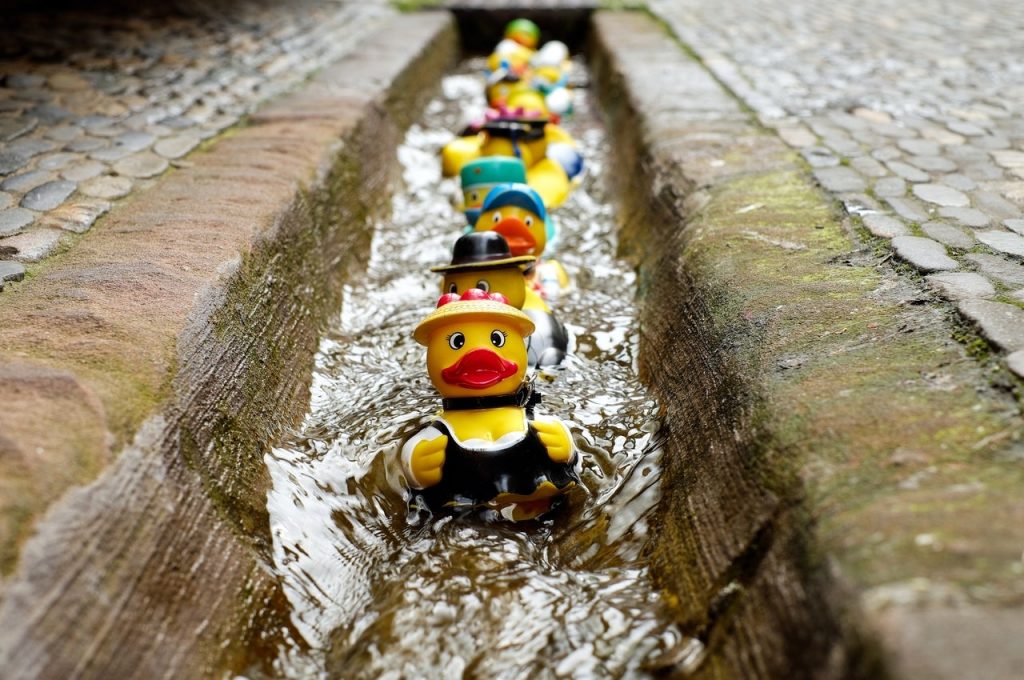Are we running out of rubber?

Skip To:
Natural rubber is used in many of the items and products we use daily. It’s predominantly used in car tyres, it’s also used in shoes, for seals, and for insulation, among other things. It’s easy to take the supply of rubber for granted, but when it starts to diminish and prices dart up it makes you wonder why and if there are any solutions or alternatives.
THE GROWING DEMAND FOR RUBBER
For decades the demand for rubber has been relatively steady. Rubber is needed for tyres, elastic bands and mechanical components, but the idea of a spike in rubber demand is not likely. Nevertheless there has been an increase in demand directly correlated to its supply.
The world supply of natural rubber is sourced from small farms that strip bark from trees to extract a white milky substance. This substance is dried in the sun to produce the raw material of rubber. But this rubber supply is diminishing due to a South American leaf blight affecting the trees. This pathogen carries the potential to wipe out the country’s rubber industry.
THE DIMINISHING SUPPLY OF RUBBER
Around 85% of the world’s natural rubber supply is produced by fragmented small holders working on small plots of land. They strip bark from a tree known as Hevea brasiliensis and extract a white substance that is subsequently dried. But since the pathogen contaminated the trees no new ones have been planted, effectively increasing global demand.
A growing demand for rubber and shortness of supply should be good news for rubber suppliers, unfortunately this isn’t the case. The price of rubber isn’t tied to the process of supply and demand, instead it is set by the Shanghai Futures Exchange who don’t take the production of the commodity into consideration.
ALTERNATIVE RUBBER OPTIONS
One answer to the rubber crises might be to simply plant more rubber trees and protect them more carefully from pathogens. This is easier said than done. To plant rubber trees on a commercial scale, nations would have to clear rainforest and replace the controversial but profitable palm oil plantations. Additionally, rubber trees can be just as harmful to biodiversity as rubber ones.
Another option is to increase the yield of existing rubber trees. There is a chemical called ethephon that can be applied to rubber trees. This chemical stimulates the tree to produce more rubber, but overusing it can harm the tree and cause it to perish. This makes farmers more reluctant to use the produce enhancing chemical.
SYNTHETIC RUBBER OPTIONS
Why can’t we just use our knowledge of science and chemistry to create suitable synthetic rubber alternatives? That would seem like the obvious and most environmentally responsible option. It’s true that rubber can be made synthetically, and it is used widely. The trouble is that it’s far inferior to natural rubber.
Synthetic rubber is made using petrochemicals which can create items like latex gloves and mechanical parts. But the latex gloves rip far too easily and the synthetic rubber for mechanisms doesn’t stand up well to heat. Natural rubber on the other hand is ideal for these items. It is highly resistant to tearing and is used as heat resistance on aircraft tyres.
THE FUTURE OF RUBBER
The future of rubber supply seems uncertain. Unless the government can find a way to scale up the plantations without harming the environment or destroying more areas of rainforest the supply of natural rubber will remain at the mercy of local enterprises and unpredictable pathogens. But that doesn’t mean the demand won’t still increase.
Due to the excellent properties of natural rubber it’s likely that its demand will only continue to rise, especially as the demand for new cars grows. At present there are only two companies producing commercial rubber globally, this will have to be addressed in the coming years if supply is to keep up with the need for natural rubber.
CONCLUSION
So long as the rubber plantations and local enterprises are allowed to flourish, free from pathogens, there is no reason why the global supply of rubber should be affected. The trouble is that these local rubber producers are at the mercy of the natural world and can’t legislate for a decrease in rubber producing trees. This presents a problem for rubber demand.
With less natural rubber available you would think the price of it would go up and farmers would step in to profit. Thanks to the Shanghai Futures Exchange, however, this is not the case. Instead, supply dwindles and demand stays the same or increases. Synthetic rubber might be a temporary fix but it won’t solve the problem long term.
